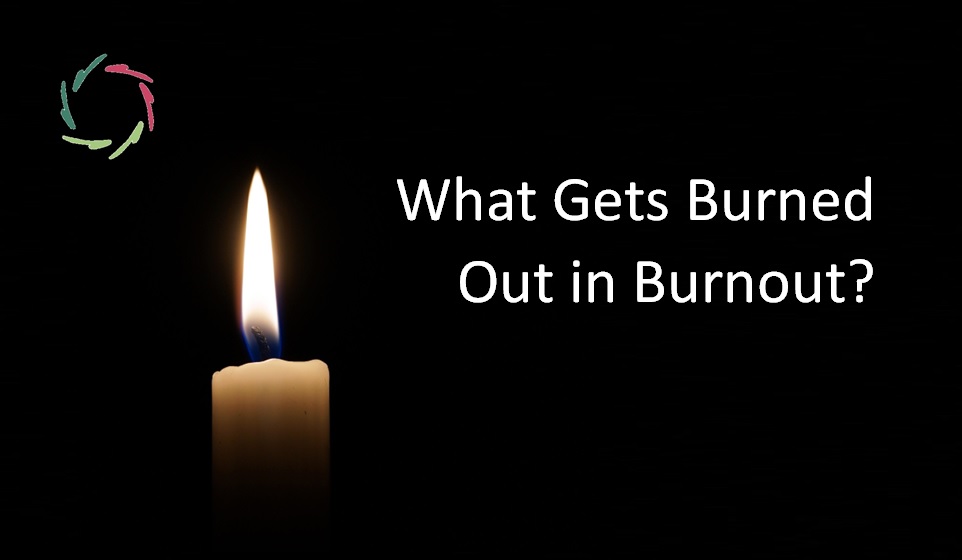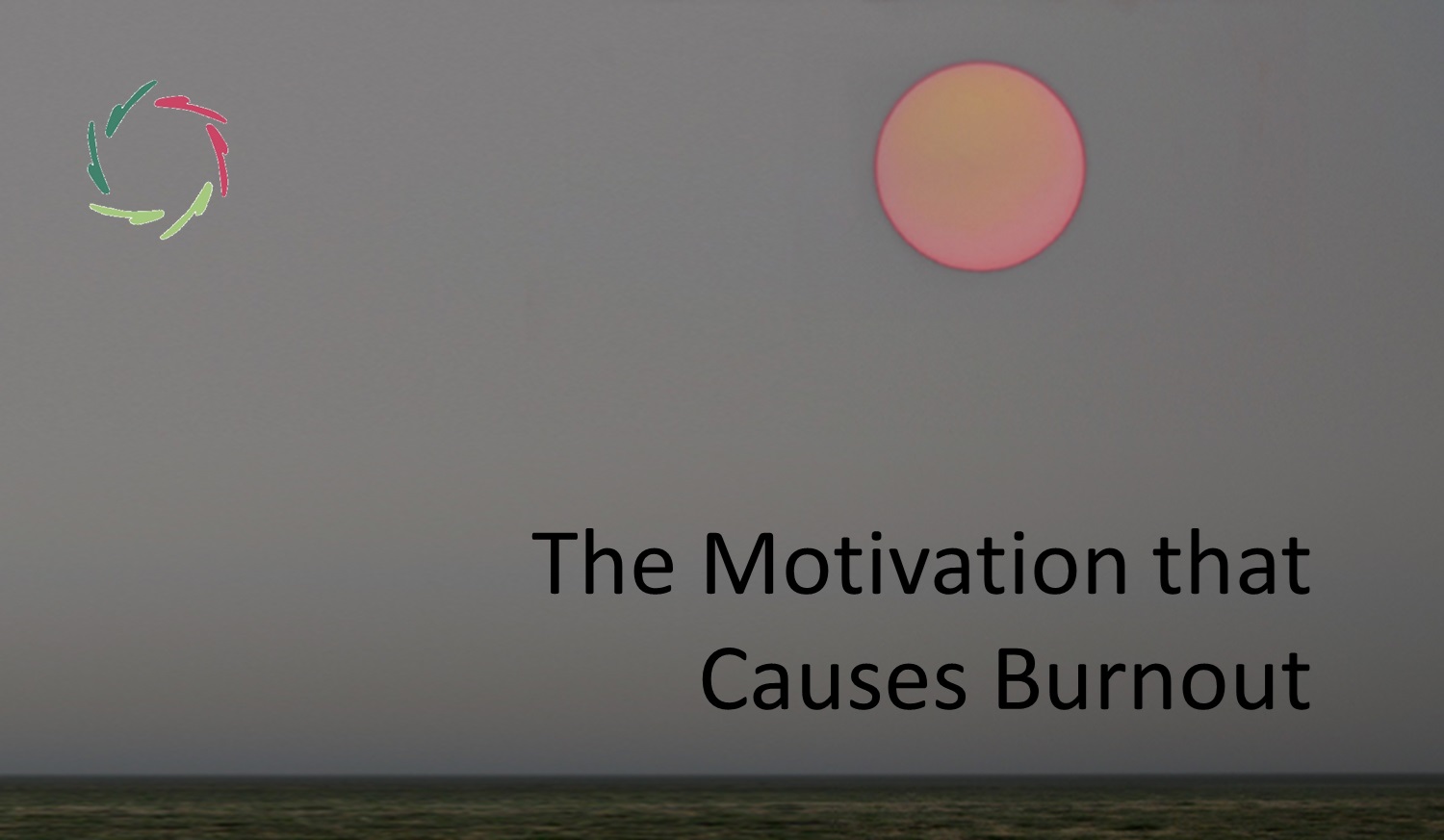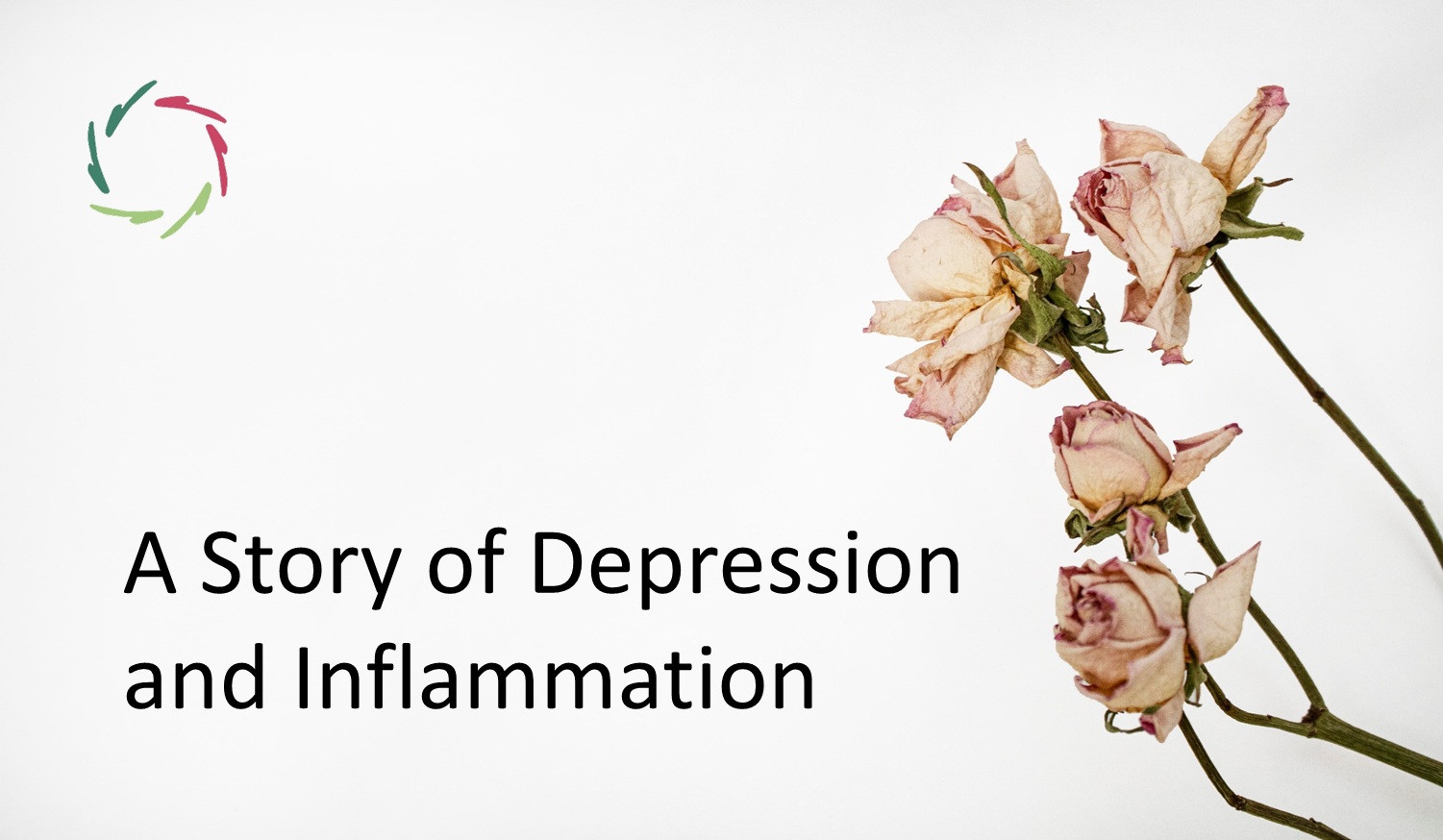What Gets Burned Out in Burnout?

Nowadays, almost anyone knows someone suffering from burnout, either in a florid stage or slumbering.
‘Nothing’ gets burned out.
Herein lies the big challenge. The burnout feeling is real enough. However, to grasp what really gets burned out, one must take an uncommon view of reality — no magic, of course. What gets burned out happens at the subconceptual level; therefore, hardly or not conceptually graspable. Trying to get a conceptual take on the happening will not readily lead to a solution.
This way, people with a florid stage of burnout frequently take a long time – many months – to painstakingly grow out of it, with a huge cost to themselves and society. They don’t get the support they need and deserve.
Even more. They may be led to actively resist looking into the necessary direction — the subconceptual one, this is: oneself as a total person. Even worse, this may leave the stage for any magical promise.
Houston, we have a problem.
It’s not a problem far away in space but deep inside (ourselves).
Burnout is also an ‘interesting’ problem in that it also clearly shows the solution to a much bigger one. Namely, the entire planet is coming more and more together through modern means of communication. That makes it increasingly crucial for people to get real as total persons — nothing less than who we are. If we don’t get real, the whole world risks massive burnout. If not well managed, this may put everything on fire. No kidding — it is happening.
Please don’t start doom thinking.
It is also not my intention to lead anyone to such. It’s not helpful.
On the contrary, we have the solution at hand — inside. This same direction is relevant to the planet and each person with burnout.
Human energy = deep motivation
The feeling of lost energy = a lack of deep motivation. This is not something you can just find or take, least of all as a pill ― also, importantly, nothing to feel guilty about!
In burnout, one feels the absence of motivation altogether, thus also for little things. Even getting out of bed or starting the day may take a lot of ‘energy.’
So, if you are in burnout, you are in a precarious position.
Other people (and even you) cannot grasp what is happening if ‘grasping’ means nothing but being able to conceptually place things in a mental landscape.
Hopefully, this text and other blog texts clearly show a better way.
The lesson of A.I.
A.I. researchers have tried for a long time to solve complex problems (language, speech recognition…) conceptually, using logic as the primary tool. There was progress, but also a getting halted exponentially in unsolvable complicatedness.
An A.I. winter wasn’t followed by a spring until subconceptual solutions came along through deep neural networks, recently also generative transformational processing (GTP). Actually, these technologies have been basically around for decades ― their leading proponents being ostracized. At present, some of these are heralded as the heroes of A.I.
Now, we have booming business. Still, few people seem to have learned that this lesson also applies to the equally booming problems of burnout and more.
The lesson of (brain) science
Here, too, conceptual methods and theories have held sway for a long time. Here, too, they should keep having a prominent place.
However, conceptuality alone doesn’t pass the mustard to grasp whatever is meaningful to us. Fortunately, cognitive neuroscience is getting there by giving attention to neuronal patterns. The parallel with A.I. is obvious. This also started in the eighties, indeed. A seminal book – my first kickstart in thinking toward the AURELIS project back then – was Parallel Distributed Processing by Rumelhart & McClelland (1986), followed by The Computational Brain by Churchland & Sejnowski (1992), and a torrent of related research. Both books are still absolutely read-worthy.
Increasingly, this science shows the appropriate level to understand what gets burned out. Equally, it’s being ignored by almost the whole domain of burnout healers. Part of the why is that the disciplines (wrongfully) seem far away from each other. The main reason is that, culturally, we still don’t see ourselves as who we are.
The lesson of burnout
The above can teach us what is most important about what gets burned out. Abstractly seen, of course, it should have been apparent all along. Under different names, burnout has been here for centuries, millennia. In ancient times, people visited a temple for a ‘sleeping cure.’ That wasn’t a bad idea, after all, given their insights.
Spirituality was a good direction. Now, we can combine it with rationality and science.
The way forward is clear to me.


